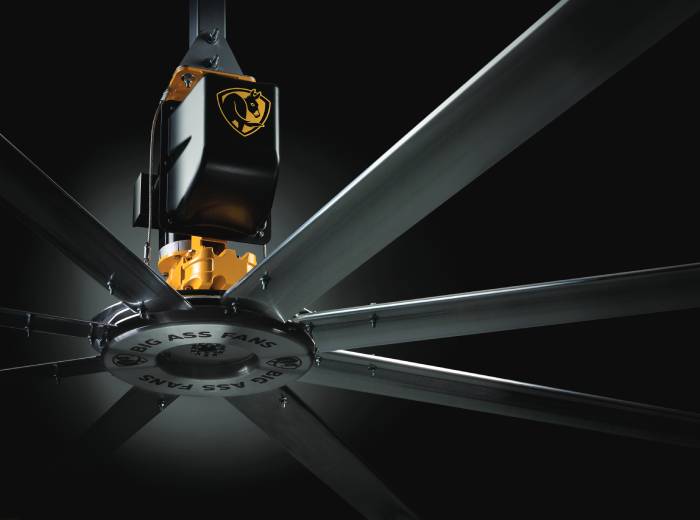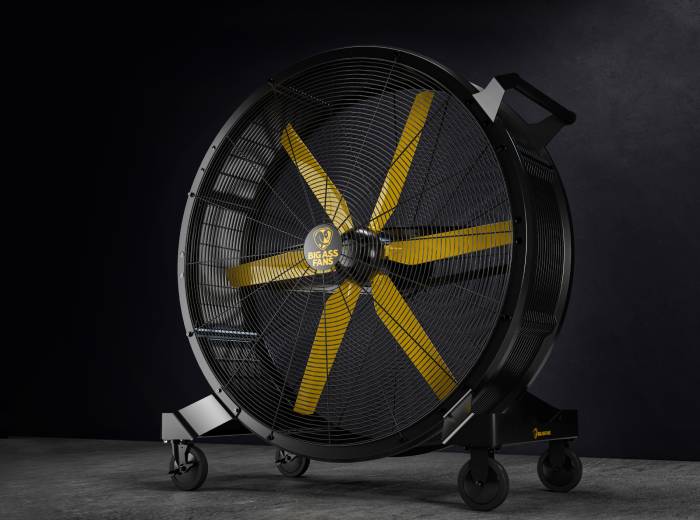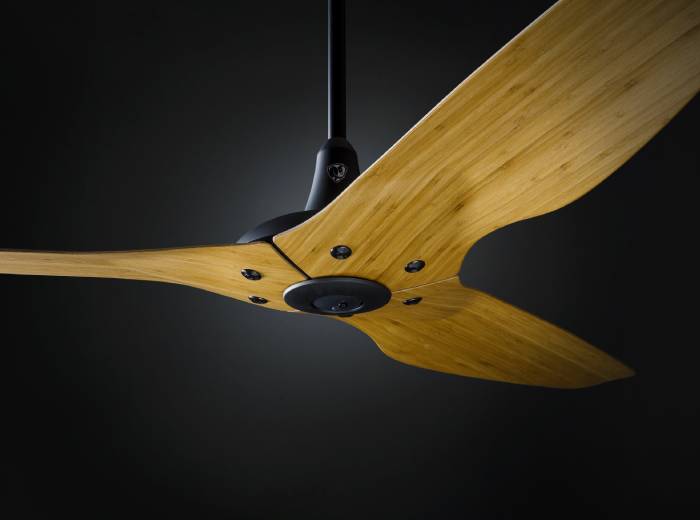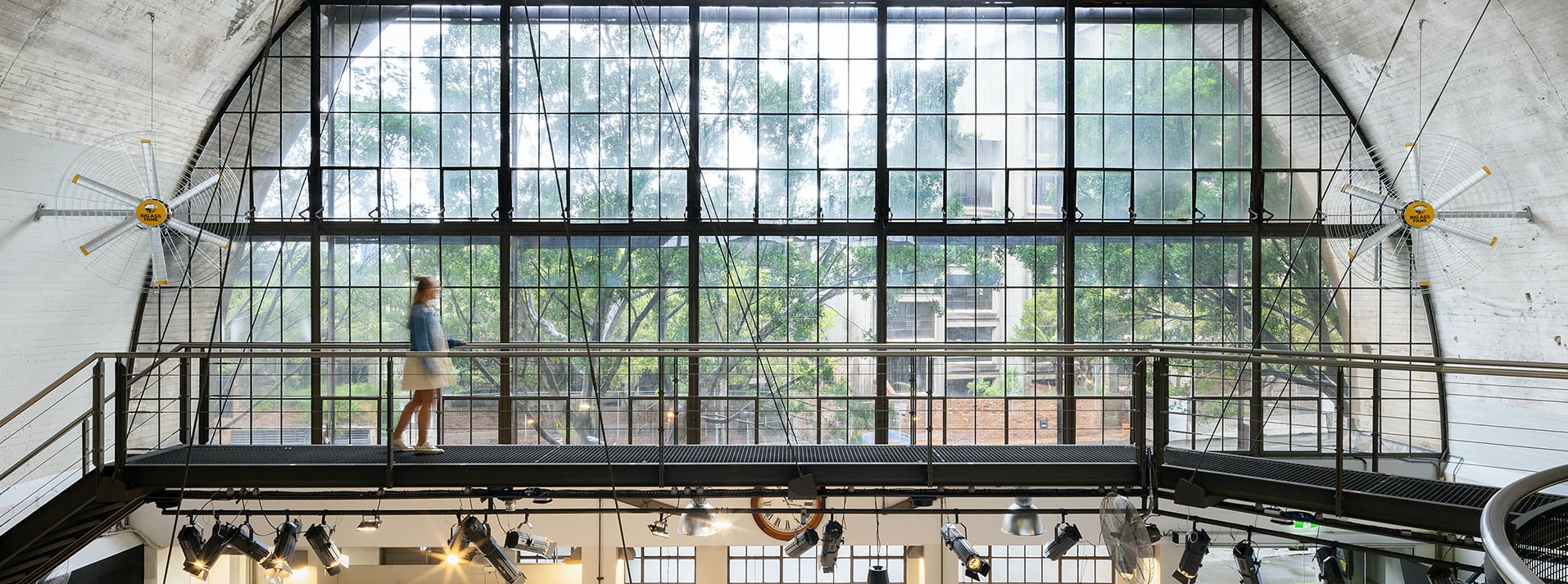%20(1).jpg?width=1220&height=600&name=The%20Block%20Oslo%202019-379%20(2)%20(1).jpg)
Fan vs Aircon Electricity Consumption: Which is Best for my Home?
During the summer months in Singapore, finding a way to keep your home cool is important for keeping you and your family comfortable.
However, with the rising cost of living and environmental concerns, you may be wondering how much your cooling options are costing you. Is a ceiling fan or air conditioning more expensive? And which consumes the most energy?
We’re here to help you decide which option is best for your home, as well as provide some practical tips on how to reduce your cooling costs this summer.
fan vs aircon running costs
When it comes to cooling your home, the running costs of fans versus air conditioners can differ significantly. In Singapore, where the tropical climate often necessitates year-round cooling, this distinction becomes even more important. On average, ceiling fans operate at a fraction of the cost of air conditioners.
While an air conditioner can cost several hundred dollars per month due to its high energy consumption and frequent maintenance needs, a ceiling fan’s monthly operating cost is substantially lower. For instance, a typical ceiling fan might consume around 70 watts of energy, costing approximately $5-$10 per month to run. In contrast, air conditioners, depending on the type and usage, can cost upwards of $100 per month.
Ceiling fans require minimal maintenance compared to air conditioning units, which often need regular servicing to maintain efficiency and performance. Investing in a high-quality ceiling fan not only reduces your monthly expenses but also offers a stylish and sustainable way to stay cool in Singapore’s heat.

fan vs aircon energy consumption
Energy consumption is a key consideration for homeowners looking for comfortable and sustainable solutions. Ceiling fans are far more energy-efficient compared to air conditioners. An average air conditioning unit can consume between 1,000 to 2,000 watts of power per hour, which adds up quickly, especially during hot and humid days. A ceiling fan consumes significantly less energy, meaning they can be run for longer periods without significantly impacting your electricity bill.
Using a ceiling fan in conjunction with an air conditioner can enhance cooling efficiency. By setting the air conditioner at a higher temperature and using the fan to circulate the cool air, you can achieve a comfortable indoor climate whilst conserving energy. This combined approach leverages the strengths of both appliances, optimising energy consumption and contributing to a more eco-friendly household.
fan vs aircon energy efficiency
Energy efficiency is a major factor when choosing between a ceiling fan and an air conditioner. Ceiling fans are designed to circulate air, creating a wind-chill effect that makes the room feel cooler without actually lowering the temperature. This method is highly efficient as it requires less power to achieve a comfortable environment. Air conditioners, however, work by actively removing heat from the room, a process that demands significantly more energy.
High-end ceiling fans often come equipped with energy-saving features like DC motors, which consume less electricity than traditional AC motors. Many modern ceiling fans offer variable speed settings and smart controls that allow for more precise energy management. In contrast, even the most efficient air conditioners have higher energy demands and a more significant environmental impact. By choosing a ceiling fan, homeowners can enjoy enhanced comfort all year round with the added benefits of lower energy consumption and reduced carbon footprint.

Tips to reduce cooling costs
Reducing cooling costs is a priority for many homeowners, especially in Singapore’s consistently warm climate. One effective strategy is to maximise the use of ceiling fans. Positioning fans to optimise airflow can enhance comfort and reduce the reliance on air conditioning. During cooler parts of the day, such as early morning or late evening, relying solely on fans can help keep energy costs down.
Integrating smart home technology can offer significant savings. Smart thermostats and fan controls allow for automated adjustments based on room occupancy and temperature, ensuring efficient use of energy.
Another tip is to maintain your cooling appliances regularly. Clean fans and air conditioners operate more efficiently. Sealing windows and doors can prevent cool air from escaping, further reducing the workload on your cooling systems.
Finally, using shades or curtains to block direct sunlight can help keep indoor temperatures lower, thereby decreasing the need for air conditioning. By adopting these strategies, homeowners can significantly cut cooling costs while maintaining a comfortable living environment.
Summing up
If you’re looking for a cost effective and energy efficient way to keep your home cool this summer, then choose a ceiling fan. The right ceiling fan not only keeps you comfortable, but also adds a level of sophistication to your home.
Looking for a quality ceiling fan?
Whether you’re looking for a ceiling fan for your home or business, we have a range of quality ceiling fans to suit your space.
At Big Ass Fans, we’re here to make your life easier, more comfortable, and less expensive. Explore our range of residential, commercial and industrial fans today.





